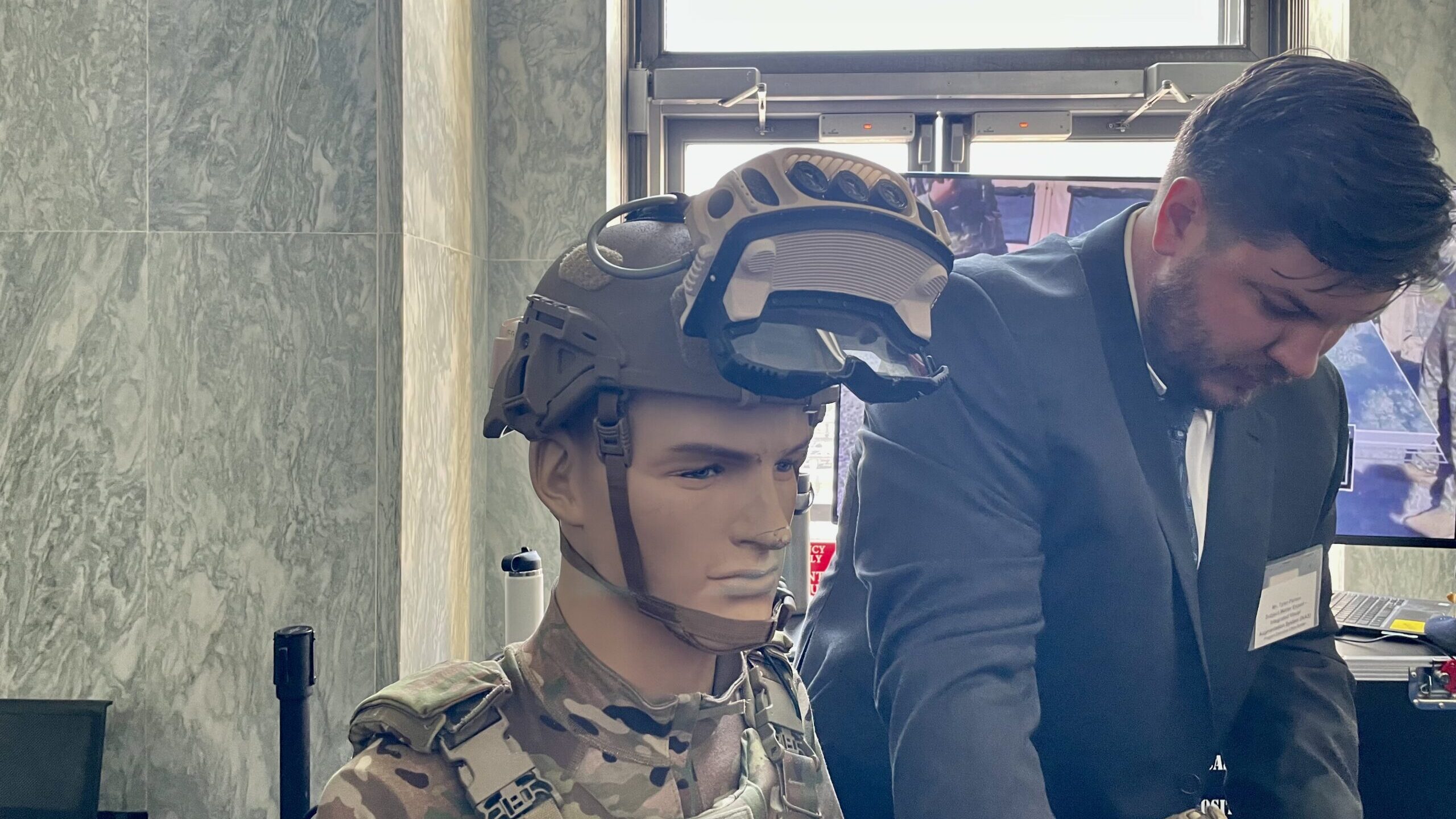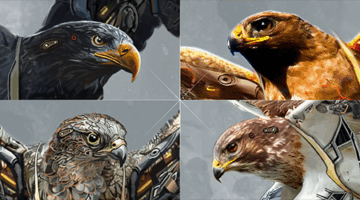
WASHINGTON — US Army soldiers completed a squad-level assessment with Microsoft’s upgraded Integrated Visual Augmentation System (IVAS) last week, as the service continues to evaluate if the design change will be adequate for combat.
Soldiers from the 1st Brigade Combat Team, 10th Mountain Division donned the newest iteration of the IVAS 1.2, dubbed phase 2, from Jan. 22 to 26 at Picatinny Arsenal’s Tactical Behavioral Research Lab, service Program Executive Office Soldier spokesperson David Patterson told Breaking Defense.
“The [user assessment’s] purpose is to measure system performance to ensure the phase 2 IVAS 1.2 prototype systems continue to meet design objectives,” Patterson wrote in a Tuesday email in response to questions.
While Patterson did not disclose any initial findings, he noted that the service is also focused on whether Microsoft can reliably produce the system at scale, and that “to date, no issues have been identified with producibility of the IVAS 1.2 systems.”
Centered around a militarized version of Microsoft’s HoloLens 2 heads-up (HUD) display and following a stint of program ups and downs including soldier complaints of discomfort, dizziness, nausea and reliability concerns, Army leaders opted to break the program up into three initial versions — the 1.0, 1.1 and 1.2 iterations of the goggles.
The service already has accepted 5,000 units of the 1.0, which maintains the baseline design, and began a limited fielding last year. Only schoolhouses will receive that version for training, along with the Army Recruiting Command for prospective soldiers to try out.
For 1.1, the previous helmet-like HUD design remains the same but an improved low-light sensor to aid maneuver and positive target identification is added in, while the company also works on software stabilization. The plan is to acquire another 5,000 of those units for non-light infantry units, like Stryker units. Both Microsoft and service said 1.1 plans remain on track, with production slated to begin in March before deliveries start in the July-September timeframe.
The more significant overhaul comes with the recently tested 1.2 version, the one the service hopes will be suitable for infantry forces in combat. That version transitions the device from a helmet-like display with a 70-degree field-of-view, to a hinged, flat design with a 60-degree field-of-view that soldiers can flip up. A computer puck on soldiers’ chests in the earlier versions is also moved to the back of the helmet, a cord connecting the puck to the HUD is shorted and moved to the back of the HUD, and a new low-light sensor from Canon is included.
Microsoft essentially handmade the first 20 IVAS 1.2 units, also called phase 1, and delivered those to the Army in mid-2023 for an initial user assessment. Shortly after, IVAS product manager Lt. Col. Denny Dresch and project manager for soldier warrior Col. Anthony Gibbs told Breaking Defense they were interested in a few additional changes including to the hinge design, along with continued work on software stability and optimization.
The company then came back with 10 1.2 phase 2 prototypes in December 2023 — the ones that soldiers tested out last week, Patterson explained.
Over the rest of the year, Microsoft is expected to deliver the remaining 270 IVAS 1.2 phase 2 prototypes to the Army, and it will continue testing them out in anticipation of hosting a company-level user assessment in 2025. Service leaders will then decide if they want to proceed with the program as is and greenlight a larger production run.
“Our focus for IVAS 1.2 phase 2 is to demonstrate a path to mass production with quality and processes for assembly and calibration at production quality,” a Microsoft spokesperson wrote in an email on Wednesday. “We continue to make progress and deliver on the goals set out for this phase.”
Microsoft’s plans for its Hololens line and mixed-reality products remain hazy since reports emerged that it may have scrapped Hololens 3 development and laid off staff. Dresch previously told Breaking Defense that for IVAS 1.1, Microsoft had picked a subcontractor to build those 5,0000 units. However, the company has not responded to questions about its overall IVAS production plan, to include questions about how it envisions scaling up for a potentially larger 1.2 buy.

